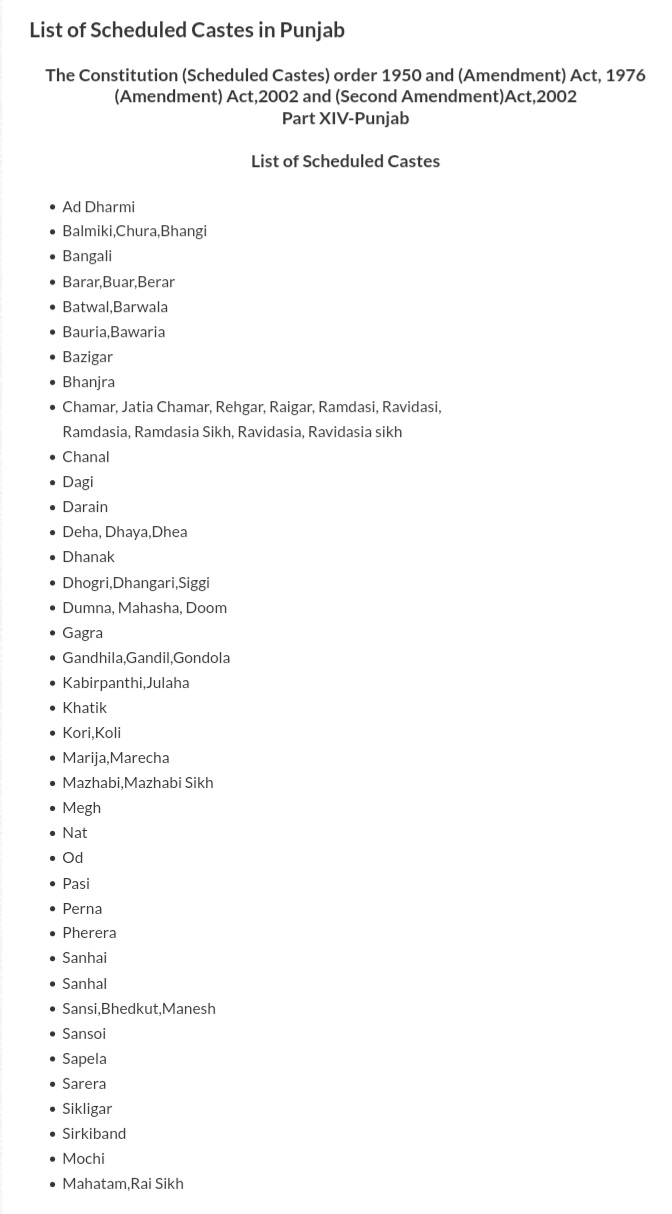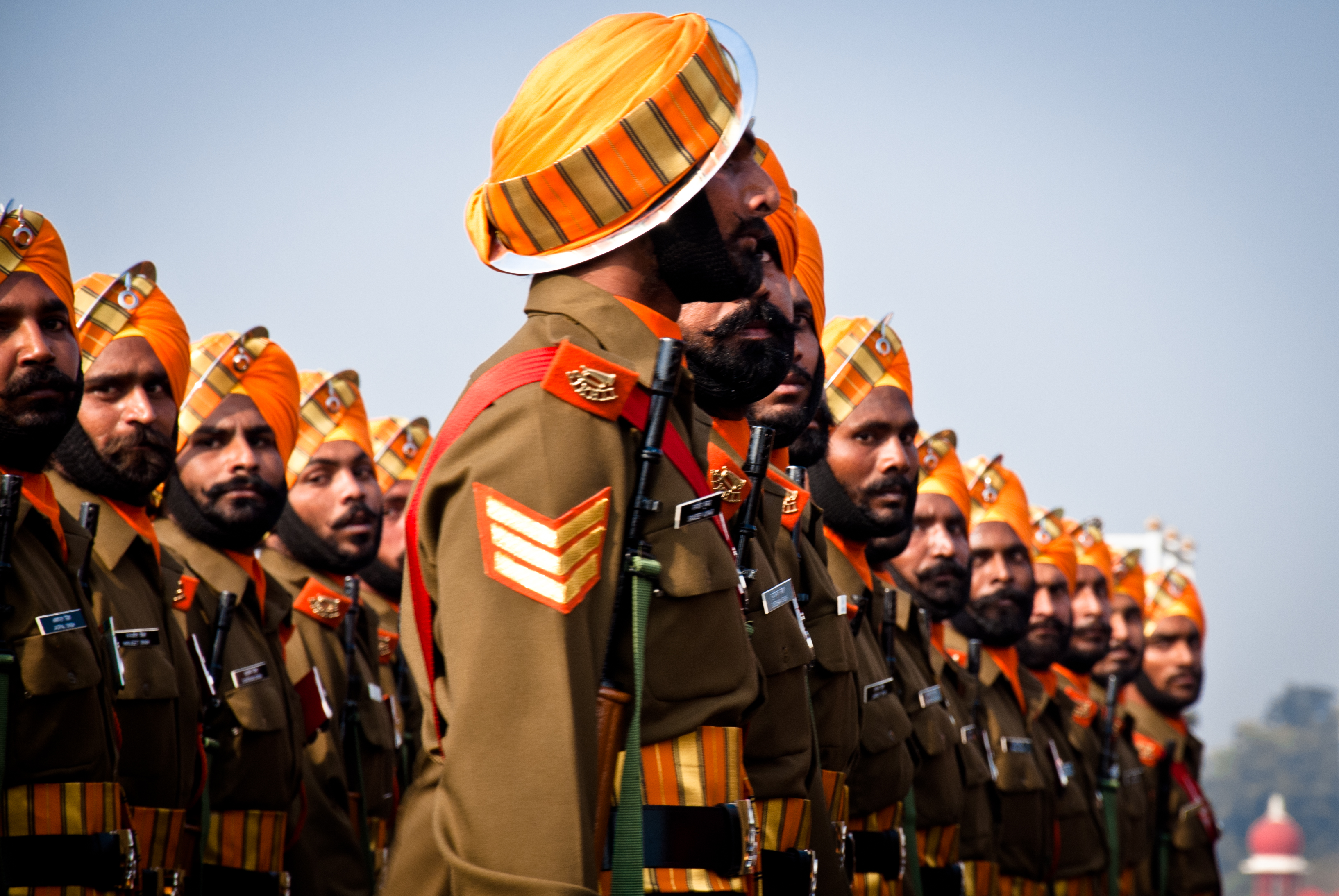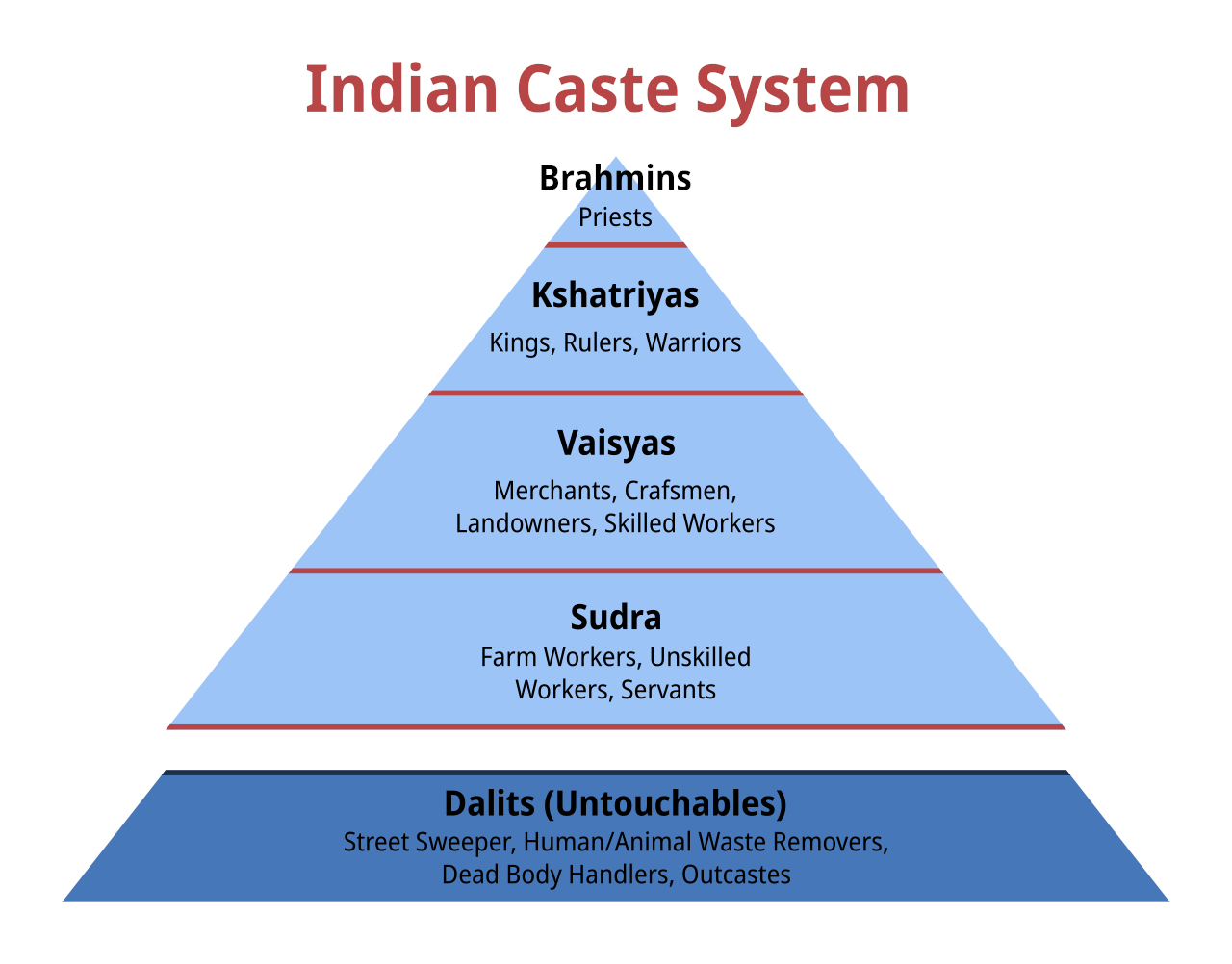|
Ahirwar
The Ahirwar, or Aharwar are Dalit members of a north Indian caste categorised among the Scheduled Castes of Chamar. Predominantly are members of the Scheduled Castes with a higher population in Uttar Pradesh, Madhya Pradesh. They are present, for example, in the state of Madhya Pradesh. The 2001 Census of India recorded them in the Bundelkhand area and as the largest caste group in Lalitpur district, Uttar Pradesh, with a total population 138,167. Notable Ahirwar * Nathu Ram Ahirwar - Indian politician, social leader, former education minister, and educationist See also * Jatav * Ravidassia Ravidassia or the Ravidas Panth is a religion based on the teachings of Ravidas, Guru Ravidas. It was considered a sect within Sikhism until 2009. However, some Ravidassias continue to maintain Sikh religious practices, including the reverence of ... * Ramdasia References Leatherworking castes Indian castes Dalit communities Scheduled Castes of Uttar Pradesh Scheduled Caste ... [...More Info...] [...Related Items...] OR: [Wikipedia] [Google] [Baidu] |
Nathu Ram Ahirwar
Nathu Ram Ahirwar (1 July 1923 – 5 December 2013) was an Indian politician, social leader, former Education minister and educationist from the village of Bhamoura Khas in Tikamgarh district of Madhya Pradesh, India. Former minister of Madhya Pradesh and senior Congress leader, he died at his ancestral village Bhamoura Khas here following brief illness. Ahirwar, who had been ailing for quite some time, died on 5 December 2013 around 18:00, his family said. He has served as a Member of Madhya Pradesh Legislative Assembly for years 1957-62 and was also elected as a Member of Fourth Lok Sabha - (1967–70) and Fifth Lok Sabha - (1971-1977) as a member of Congress Party from Tikamgarh constituency, a seat reserved for Scheduled Castes. He has also served as Minister of State for Rehabilitation and Cooperation and Education Minister. He was elected as Member of Madhya Pradesh Legislative Assembly from Khargapur constituency in 1977 as representative of Janata Party and in 1980 a ... [...More Info...] [...Related Items...] OR: [Wikipedia] [Google] [Baidu] |
Chamar
Chamar (or Jatav) is a community classified as a Scheduled Caste under modern India's Reservation in India, system of affirmative action that originated from the group of trade persons who were involved in leather tanning and shoemaking. They are found throughout the Indian subcontinent, mainly in the northern states of India and in Pakistan and Nepal. History The Chamars are traditionally associated with leather work. Ramnarayan Rawat posits that the association of the Chamar community with a traditional occupation of tanning (leather), tanning was constructed, and that the Chamars were instead historically agriculturists. The term ''chamar'' is used as a pejorative word for Dalits in general. It has been described as a Casteism, casteist slur by the Supreme Court of India and the use of the term to address a person as a violation of the Scheduled Caste and Scheduled Tribe (Prevention of Atrocities) Act, 1989. Movement for upward social mobility Between the 1830s and the ... [...More Info...] [...Related Items...] OR: [Wikipedia] [Google] [Baidu] |
Ravidassia
Ravidassia or the Ravidas Panth is a religion based on the teachings of Ravidas, Guru Ravidas. It was considered a sect within Sikhism until 2009. However, some Ravidassias continue to maintain Sikh religious practices, including the reverence of the Guru Granth Sahib as their focal religious text, wearing Sikh articles of faith (5Ks), and appending Singh or Kaur to their names. Historically, Ravidassia represented a range of beliefs in the Indian subcontinent, with some devotees of Ravidass counting themselves as Ravidassia, but first formed in the early 20th-century in colonial British India.Paramjit Judge (2014), Mapping Social Exclusion in India: Caste, Religion and Borderlands, Cambridge University Press, , pages 179-182 The Ravidassia tradition began to take on more cohesion following 1947, and the establishment of successful Ravidassia tradition in the diaspora. Estimates range between two and five million for the total number of Ravidassias. Ravidassias Sikhs believe that ... [...More Info...] [...Related Items...] OR: [Wikipedia] [Google] [Baidu] |
Jatav
Jatav, also known as Jatava/Jatan/ Jatua/Jhusia /Jatia/Jatiya, is an Indian Dalit community that are considered to be a subcaste of the Chamar caste, who are classified as a Scheduled Caste under modern India's system of positive discrimination. According to the 2011 Census of India, the Jatav community of Uttar Pradesh comprised 54% of that state's total 22,496,047 Scheduled Caste population. History Some Jatav authors have disputed being Scheduled. In the 1920s, Jatavs claimed to be survivors of the ancient war between Parashuram, the legend of the Brahmins, and Kshatriyas, forced into hiding. Their proof of ancestry is a series of correspondences or status similarities between Jatav and other Kshatriya clans. According to Owen Lynch, "These included identical gotras, and such Kshatriya-like ceremonies as shooting a cannon at weddings and the use of the bow and arrow at the birth saṃskāra".. According to M. P. S. Chandel In the early part of the 20th century, the Jat ... [...More Info...] [...Related Items...] OR: [Wikipedia] [Google] [Baidu] |
Ramdasia
The Ramdasia were historically a Sikh, Hindu sub-group that originated from the caste of leather tanners and shoemakers known as Chamar. Terminology Ramdasia is a term used in general for Sikhs whose ancestors belonged to Chamar caste. Originally they are followers of Guru Ravidass who belonged to Chamar community. Both the words Ramdasia and Ravidasia are also used inter changeably while these also have regional context. In Puadh and Malwa, largely Ramdasia is used while Ravidasia is predominantly used in Doaba. Ramdasia Sikhs are enlisted as scheduled caste by Department of Social justice, Empowerment and Minorities- Government of Punjab. On Department's list of Scheduled Caste, this caste is listed on serial number 9 along with other Chamar caste synonymous such as Ravidasia, Jatav and so on. Military service British Raj During World War I the single-battalion regiments of the Mazhabi and Ramdasia Sikh Pioneers – the 23rd, 32nd and 34th Pioneer Regiments – wer ... [...More Info...] [...Related Items...] OR: [Wikipedia] [Google] [Baidu] |
Scheduled Castes Of Punjab
A schedule (, ) or a timetable, as a basic time-management tool, consists of a list of times at which possible tasks, events, or actions are intended to take place, or of a sequence of events in the chronological order in which such things are intended to take place. The process of creating a schedule — deciding how to order these tasks and how to commit resources between the variety of possible tasks — is called scheduling,Ofer Zwikael, John Smyrk, ''Project Management for the Creation of Organisational Value'' (2011), p. 196: "The process is called scheduling, the output from which is a timetable of some form". and a person responsible for making a particular schedule may be called a scheduler. Making and following schedules is an ancient human activity. Some scenarios associate this kind of planning with learning life skills. Schedules are necessary, or at least useful, in situations where individuals need to know what time they must be at a specific location to rece ... [...More Info...] [...Related Items...] OR: [Wikipedia] [Google] [Baidu] |
Dalit Communities
Dalit ( from meaning "broken/scattered") is a term used for untouchables and outcasts, who represented the lowest stratum of the castes in the Indian subcontinent. They are also called Harijans. Dalits were excluded from the fourfold varna of the caste hierarchy and were seen as forming a fifth varna, also known by the name of ''Panchama''. Several scholars have drawn parallels between Dalits and the ''Burakumin'' of Japan, the '' Baekjeong'' of Korea and the peasant class of the medieval European feudal system. Dalits predominantly follow Hinduism with significant populations following Buddhism, Sikhism, Christianity, and Islam. The constitution of India includes Dalits as one of the Scheduled Castes; this gives Dalits the right to protection, positive discrimination (known as reservation in India), and official development resources. Terminology The term ''Dalit'' is for those called the "untouchables" and others that were outside of the traditional Hindu caste hi ... [...More Info...] [...Related Items...] OR: [Wikipedia] [Google] [Baidu] |




